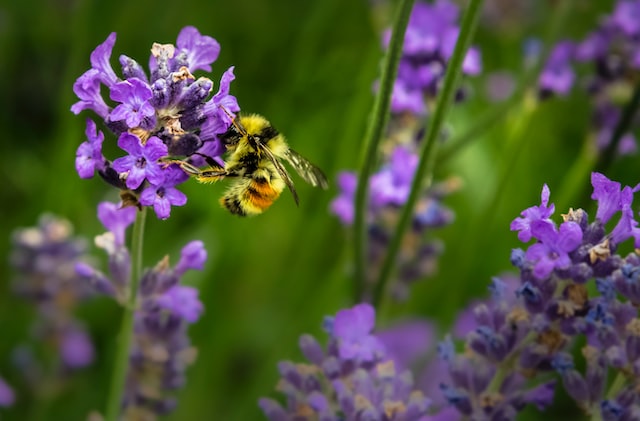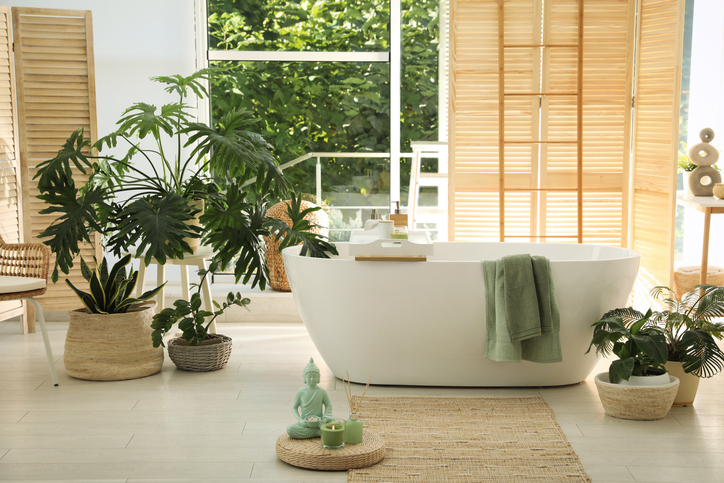Birds are clever, beautiful, and can be quite elusive. Their captivating nature has long entranced many people, to the point that birdwatching is an extremely popular pastime in many places and even has its own competitive events called Big Day, Big Year, and Big Sit or Big Stay. Are you intrigued yet?
No matter where you live, birding is a hobby that you can get into. Of course, you can casually observe with nothing more than a good pair of walking shoes, but if you want to get a bit more into the spirit, you’ll need a field guide, waterproof notebook, and maybe a good birding app on your phone. If you decide you’re going to get serious about birdwatching, you’ll want to invest in a pair of binoculars, or “bins,” as you’ll hear them called by avid birders.
What To (Bird) Watch For
You’ve laced up your walking shoes and stashed your field guide and notebook in your backpack—now it’s time to get out in the world and see some birds! Where you live or are planning to birdwatch will dictate the best spots for you to go. Generally speaking, birds prefer water and grassy areas that are quiet and serene. As explained by Brandon from Love The Birds, many birdwatchers get started in their backyards, so if you’re hoping to stay in the warmth of your cozy home, you can get started there and branch out as you get more into the birding scene.
You’ll need to be able to stay quiet so that you don’t disturb the birds and so that you can use their calls to spot and identify them. Often you’ll hear them before you see them, so staying quiet is key. Once you’ve spotted the bird, hone in on its most recognizable markings. This is where your notebook will come in handy. Make a list from most obvious to least obvious, and then consult your field guide to identify the species you’ve come across. Bird Watcher’s Digest gives us the handy tip that you can identify most species of birds found in North America from features on the top half of their bodies, so start at the head and work your way to the tail as you observe the defining characteristics.
If you’re really struggling to tell what species you’re looking at, find a birdwatching app that can help you with identification. Some popular options are SparkBird, Merlin Bird ID, and eBird. Local birdwatching groups are another great resource for getting some help with bird identification. With a quick online search, you’ll be able to find the groups closest to you, how to get in touch with them, how frequently they meet, if there’s a cost to membership, etc. Not only will this help to connect you to more experienced birdwatchers in your area, but it’s also a great way to include a social element in birding.
Gear You’ll Want
We’ve covered the basics already – good shoes, a field guide, and a notebook. Here are some other pieces of gear that you’ll find helpful as you progress into the world of birding! One of the many nice things about birdwatching is that you can slowly amass your gear collection as you go; there isn’t a huge barrier to entry like other activities that have a ton of gear you need upfront even to try it. Slowly but surely, pick up a new piece of gear here and there, and soon you’ll find yourself kitted out and blending right in with the seasoned birders out there.
You might have noticed that birders you’ve seen around often wear vests similar to those that fishers wear. You know the ones, khaki and brimming with pockets. There’s a good reason for this signature look, and you’ll appreciate it not long after you start bird watching. It’s incredibly handy to have your field guide, notebook, and pencil at the ready since rustling around in a backpack takes your eyes and ears away from the birds and causes unnecessary noise.
Another piece of gear you’ll quickly want if you continue forward on your birding journey is a pair of binoculars. While you can spend a pretty penny on these, you can also get an entry-level pair without breaking the bank. This buyer’s guide includes a list of popular brands with current prices and is a great place to get started with your binocular research!
Birdwatching As Self-Care
Aside from being a wonderfully engaging and educational hobby, birdwatching offers a multitude of other benefits.
Intrinsic to birding is exercise. You’ll find yourself walking quite a lot, but it doesn’t seem the same as ‘going for a walk’ because you’re walking with a purpose – finding more birds! You’ll be surprised at the ground that you cover when you’re on the hunt.
Birdwatching can also be a great way to connect with your family and friends in nature and share with them something that you love. You never know, maybe you’ll inspire a new birdwatcher in the family!
While you’re getting exercise and bonding with loved ones, you’ll also be spending quite a bit of time in nature, and that is never a bad thing. Fresh air, quiet time to disconnect and let your mind wander and ponder are all excellent things for your overall mental health.
Bird Training
You might just find that if you get into birdwatching outdoors, you’ll want to bring your newfound love inside and get yourself a pet bird. Training your bird can be a rewarding experience for you and your pet! Pets love stimulation and learning, and since they’re inside all day, they don’t always get that. You can help by teaching your bird fun tricks and behavioral traits that’ll help you and be fun for them. Among the best birds to have as pets are Cockatiels, Budgies, and Parrotlets.
Some bird species are easier to train than others, similar to most pets. More social birds like Hyacinth Macaws and Parrotlets are easier to train because they love attention and praise, so you can easily reward them for your desired behavior in training. This isn’t to say that less social birds aren’t trainable, but overall, it tends to be easier to train pets with a clear motivation like treats or praise.
When you get a new bird, make sure that you give it enough time to get accustomed to you and its new home before starting something new. This timing will vary based on the history of your bird and its individual personality, so be aware and respectful of what your new pet needs from you to feel safe. That being said, working on getting your bird used to your touch is something you can start with right when you get them. Small steps at first will lead to big successes later on! Here are the three best things to get started training your bird:
- Once your bird is comfortable with your presence and touch, a great first trick to start with is getting your bird to step up onto your finger.
- Another great training option is to teach your bird to go back into its cage. This is helpful for it to know how to do and fun for your bird because it gets them a treat!
- Next up, try teaching your bird to wave hello or talk. This is where things really get fun. You’ll find that your bond with your bird is growing, and you’re connecting more and more.
Remember, when you’re training your bird, the best thing you can do is use positive reinforcement through treats and praise. It might be tempting to scold your pet for doing the wrong action but resist. Negative reinforcement teaches your pet to be fearful of you, not the mistake they made. Take note of the treats that your bird loves the best. Some birds will prefer sugary sweet treats over seeds and other treats, but keep the super high-value treats just to show them how much you love them without asking for anything in return. Use the less high-value treats as daily training treats. Of course, if there’s something you’re trying to teach your bird to do that they’re a bit wary of, or having trouble learning, feel free to sprinkle in some of their high-value treats as an extra incentive, and you’ll have them nailing that new trick in no time.
Whether you’re taking flight into the world of birdwatching or preparing to train your bird at home, now you’re prepped and ready for an avian adventure!




